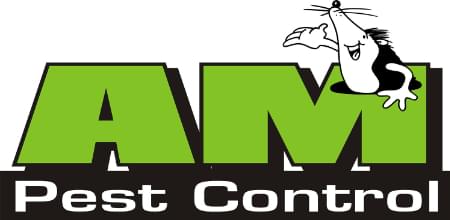They can gnaw their way in to virtually any area of a home, office or other property with ease. They do a massive amount of damage by gnawing through wiring, plumbing and even structural supports. With grey fur, and weighing 16 to 18 oz Grey squirrels can grow from 12 to 21 inches. They are very good climbers and jumpers, with a highly sensitive sense of smell and alertness. They are solitary animals and will live in trees . They gather winter food and bury it, two to five centimetres underneath the earth or in tree hollows. When food is required, the squirrels sniff the ground to recover their supply.
Life Cycle:
The Nests, called dreys, look superficially like birds' nests,and are usually, built from twigs and leaves. They will however use any material localised to where they nest, such as loft insulation in a roof space. Grey Squirrels have two breeding seasons a year. The female carries her young for forty five days before giving birth to three or four young. The first litters are born in February/March and are weaned at about ten weeks. The second litters are born in June/July and the young are ready to leave the nest in August / September.
Significance:
The grey Squirrel can nest in your wall cavities, between false walls and in the loft, They can cause much damage chewing items stored in the roof space, in some instances they have been known to chew electric cables and roof joists causing a potentially hazardous condition, at the same time causing the problem of noise. The Grey squirrel is not protected in the UK.
Squirrel Control:
Grey squirrels have to have their numbers controlled by man, by shooting or trapping.








